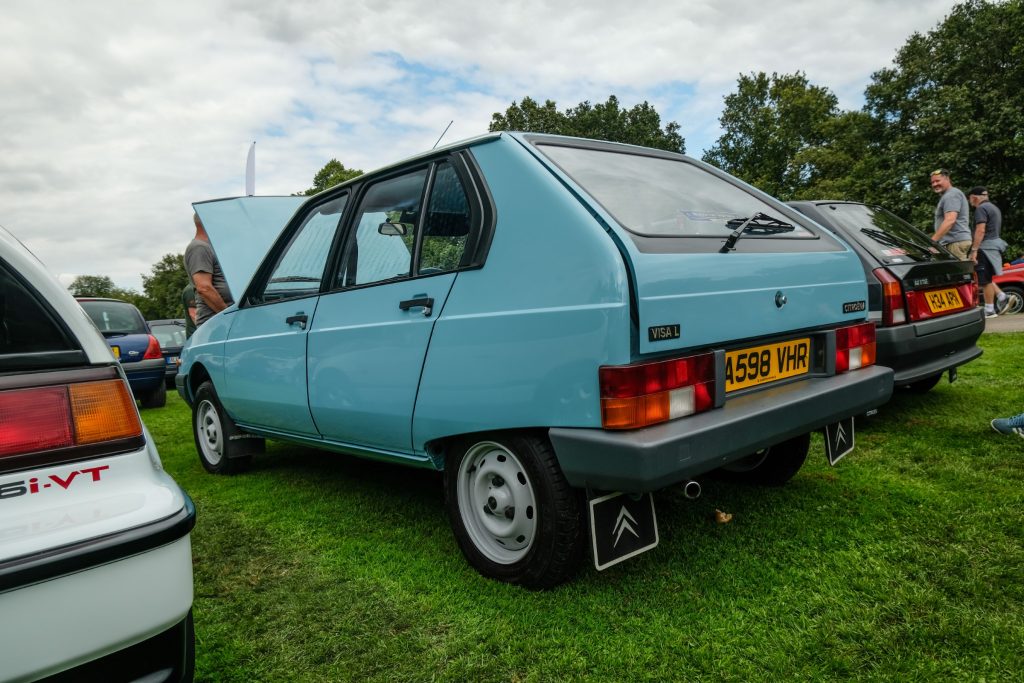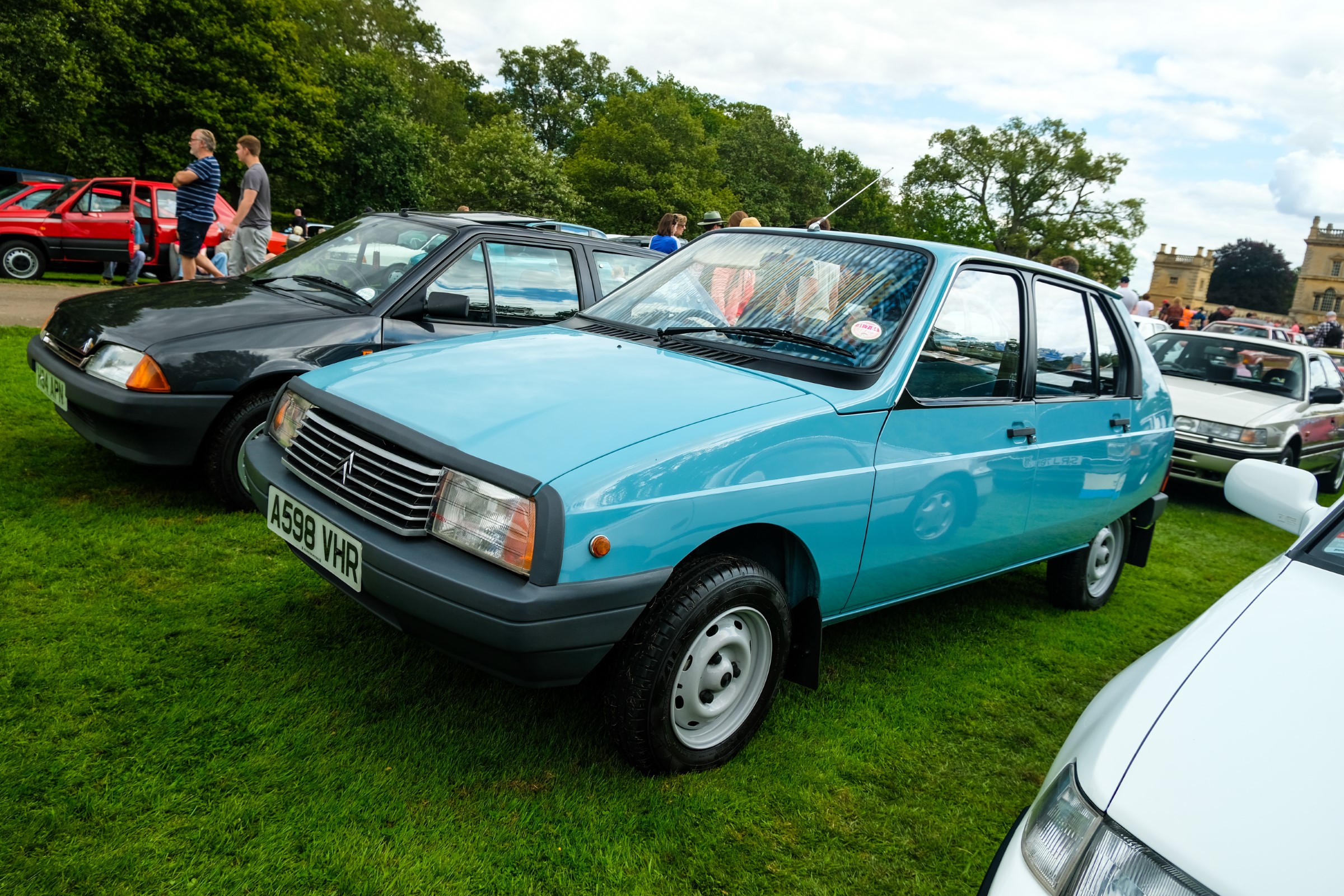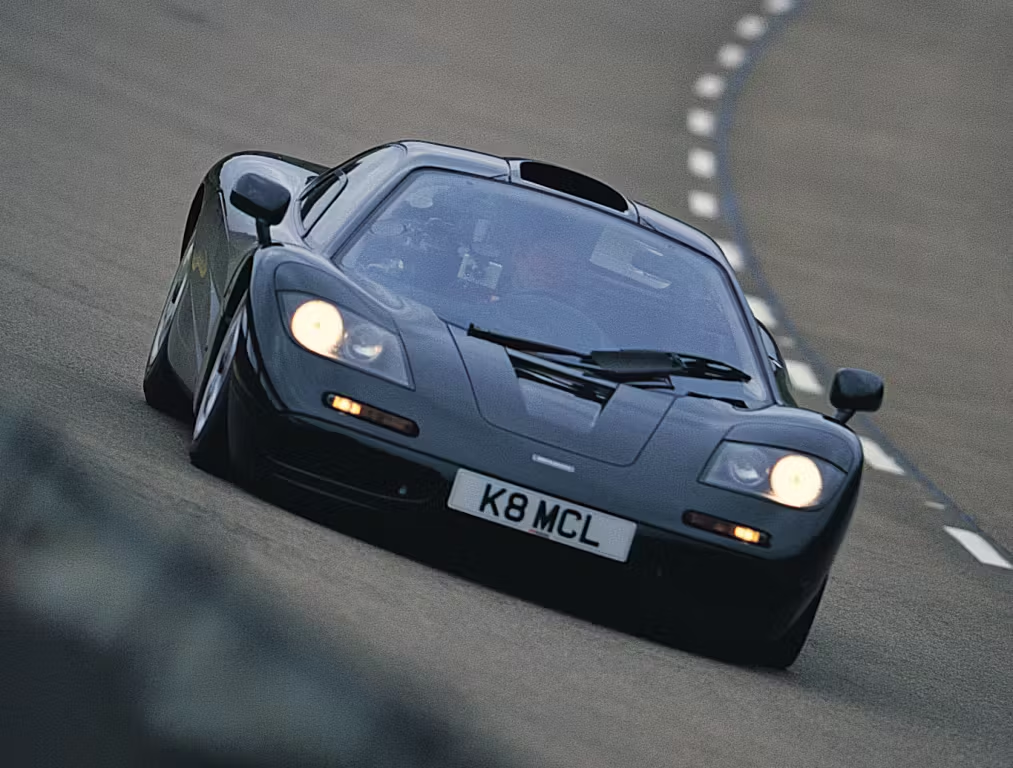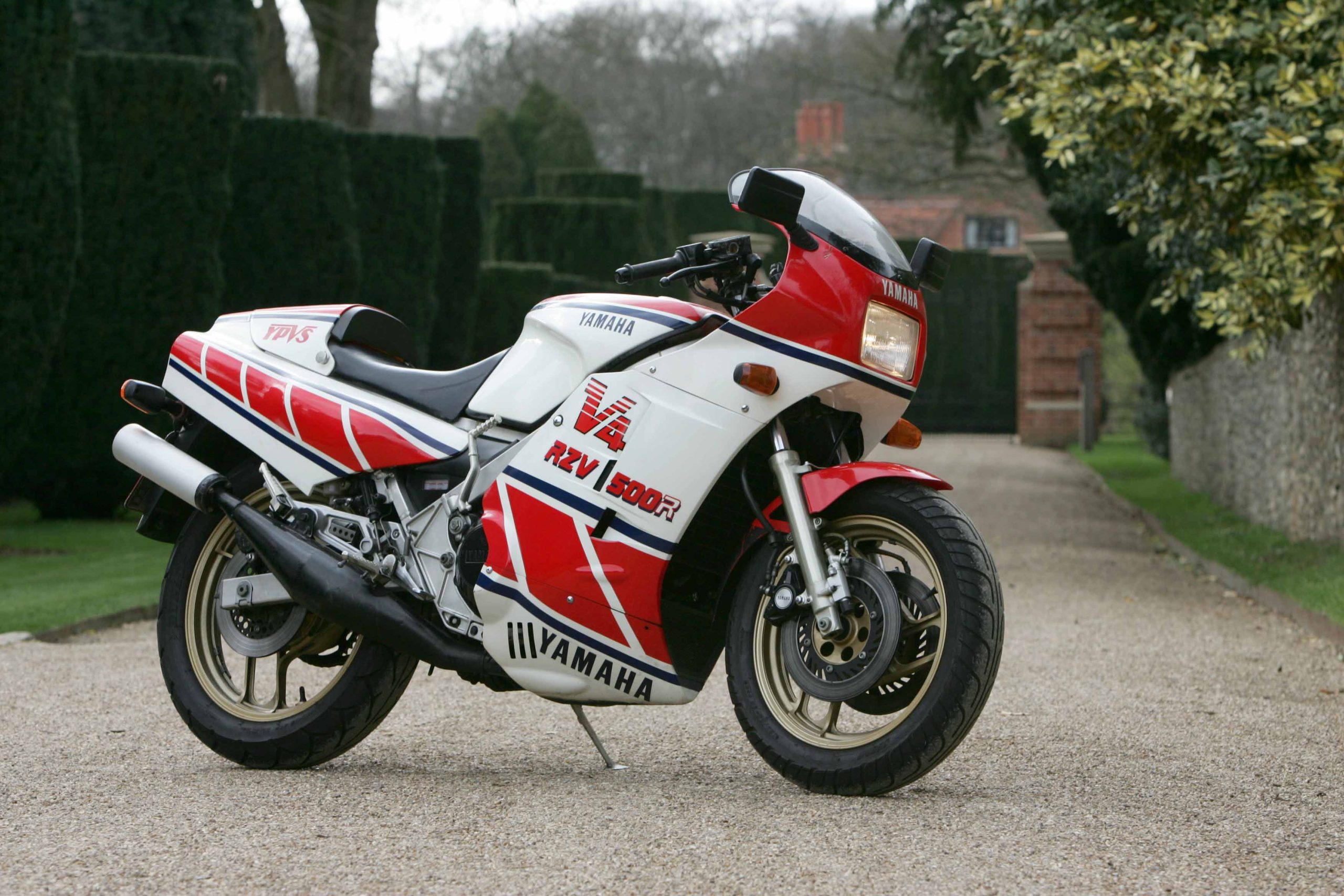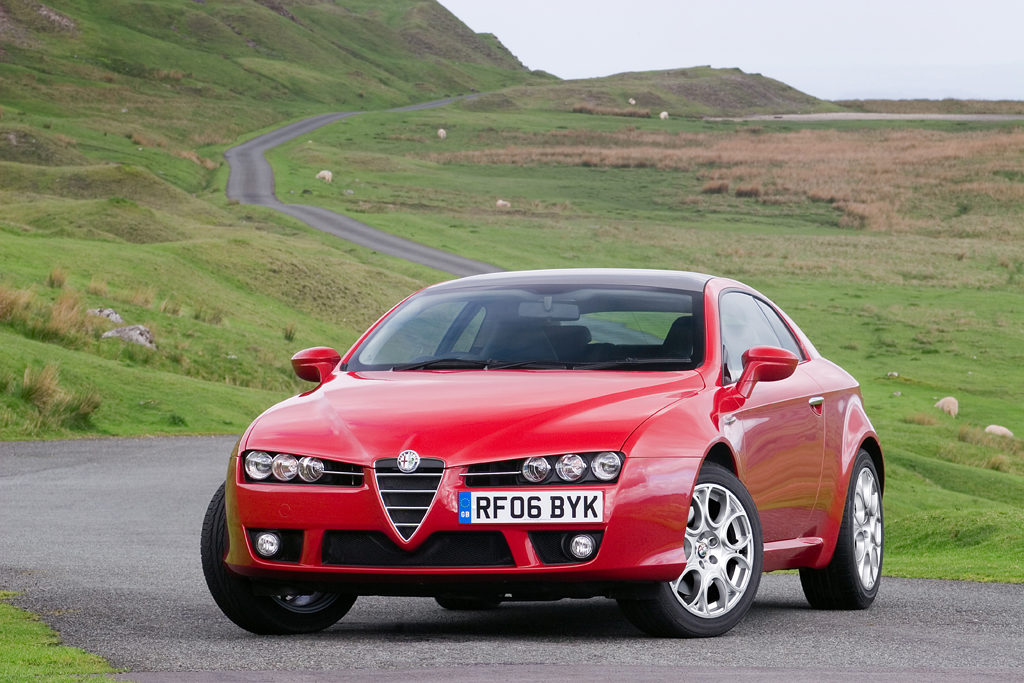If there’s anywhere you’re likely to see a Citroën Visa these days, it’s at the Festival of the Unexceptional. Today, Citroën’s follow-up to cars like the Ami and Dyane, and predecessor to the AX, is astonishingly rare even in its native France, but FOTU’s just that kind of show.
Even so, seeing one as immaculate as Colin Twidale’s 25,000-mile car is something special. Better still, Twidale’s 1983 car was built just before the 1984 range revision which saw the Visa lose one of its most distinctive features: the two dashboard ‘satellites’ on which many of the car’s controls are located. On the left there’s a pod for all the lights and wiper controls, and on the right, heating and ventilation – while several buttons are within easy reach through the single-spoke steering wheel.

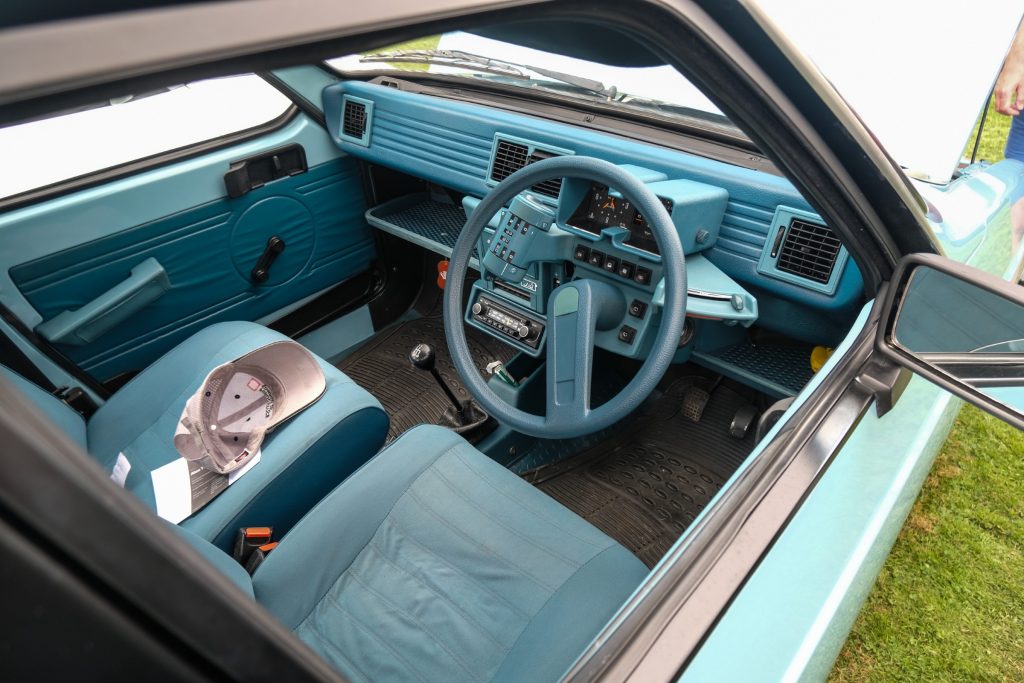
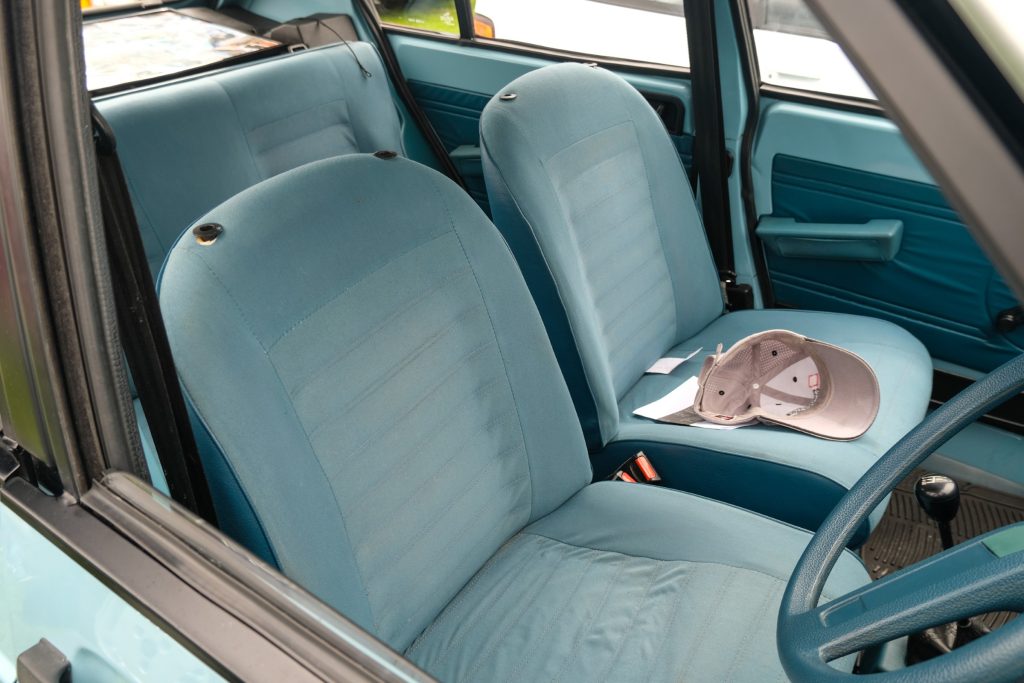
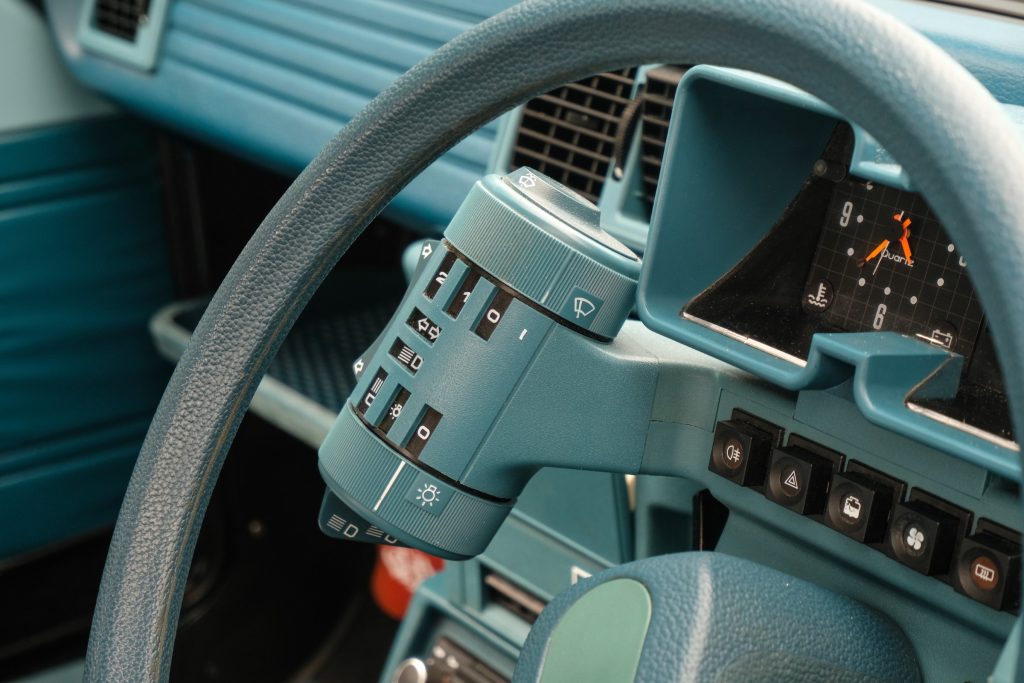
“I’ve always been interested in Visas” explains Twidale, “but particularly these earlier cars with the quirky dashboard. I grew up with Citroëns because my dad was a Citroën mechanic and came home in all these kinds of cars when I was growing up.”
The Visa debuted in 1978 and is closely related to the Citroën LN and Peugeot 104, but unlike those much more conventional models, the Visa seems to have retained some of the more unusual features of its range-mates of the era – a lineup that included cars such as the 2CV and Dyane, the GS, and the CX.
Visas didn’t get the hydropneumatic suspension of the larger cars, but Citroën managed to engineer suitably 2CV-style suspension travel from its more conventional front struts and rear trailing arms, and Visas, much like their older counterparts, rode considerably better than many of their contemporaries.
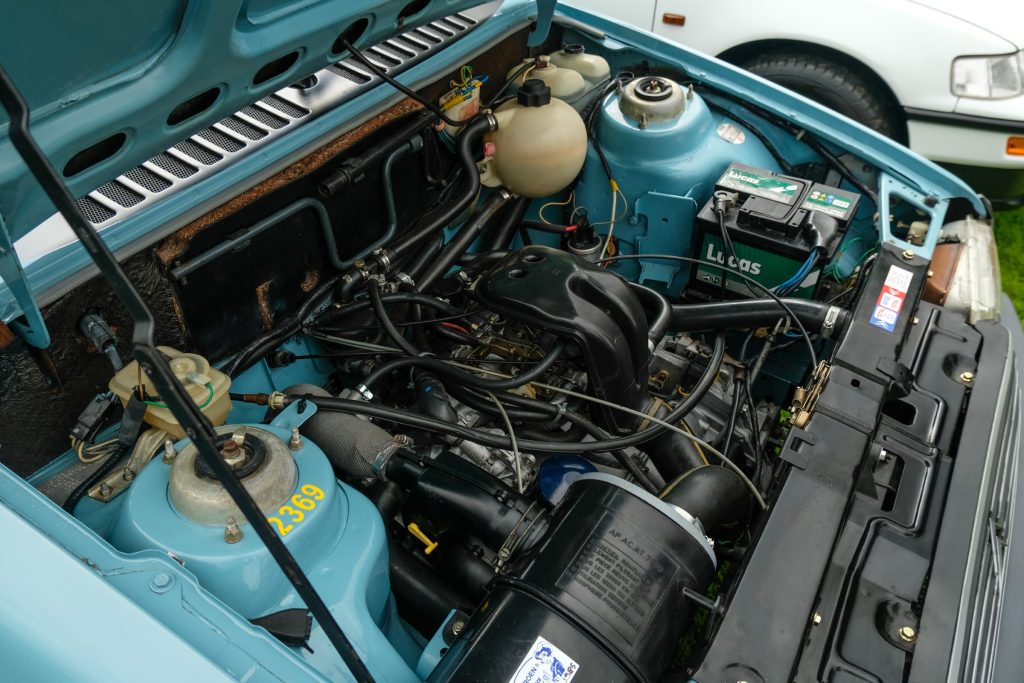
Engines meanwhile were in the UK limited to a 652cc air-cooled twin, similar to that of the Dyane, and an 1124cc water-cooled four – though a diesel did later join the range, as well as a 1.6-litre GTi. In France, 1.4-litre Chrono and Mille Pistes sports models allowed Citroën to homologate the car for rallying, much as Peugeot did with its later 205 and 106 Rallyes.
Twidale’s car is a Visa L with the 1124cc engine, which made 49bhp in its day. Don’t laugh; the flat twin made just 34bhp.
He’s owned the car for four years. “I bought it off a friend of mine who I’d previously bought another Citroën off. He was losing his storage space and wanted this one to go to a good home. As a Visa L it’s the most basic model Citroën offered at the time.
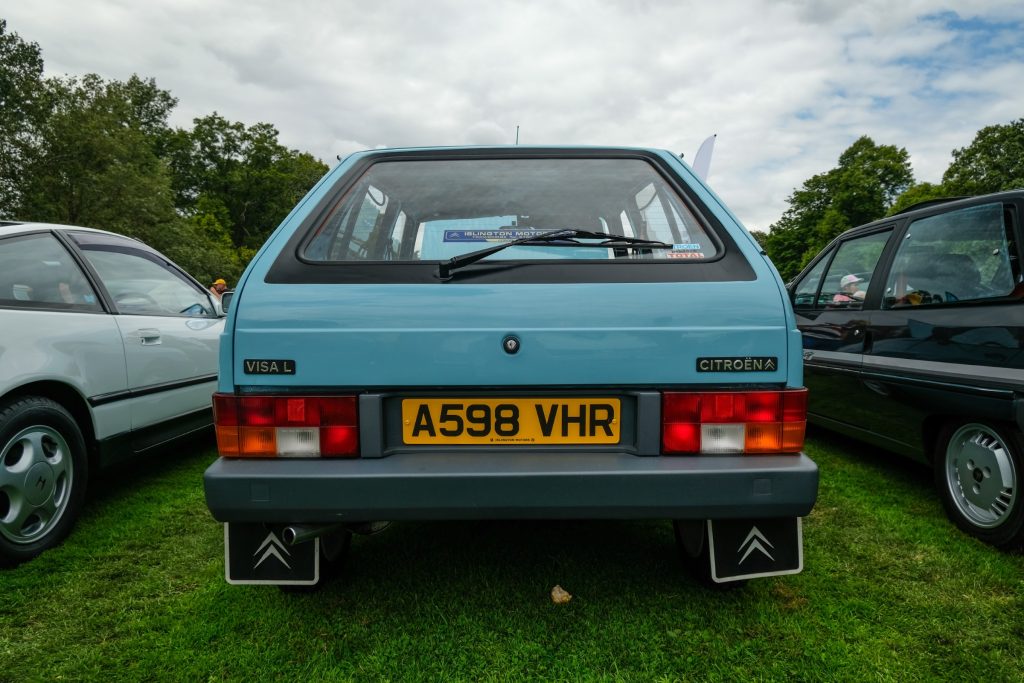
“It’s only done 25,000 miles, and never been welded. It was in storage for a number of years, actually stored in a garage of a house that a family was renting out. When they sold the house they sent the car to a scrapyard, but my friend saw it and rescued it before it got scrapped.”
Thankfully, this was in the days before certificates of destruction were issued, condemning even clean cars to an early grave, but the car did pick up a small amount of damage at the scrapyard, so it had a respray to account for that.


Given the car’s rarity, you might expect parts to be a problem, but nothing has been too difficult for Twidale so far. “Generally it’s okay – the usual internet auction sites are quite good, and there are a couple of Citroën specialists in the country who hold some parts still. Sharing an engine with other Citroën and Peugeots helps too. It’s pretty inexpensive to run, and great on fuel too – I’ve got friends with other classic cars and when they’re filling up half way through the day, the Visa goes all day long. Now it’s turned 40, it’s also tax exempt.”
The Visa is apparently rather wonderful to drive, with a comfortable ride that no doubt shows modern superminis up as being overly firm, though conversely Citroën’s build quality was never up to much in the 1970s and 1980s, so things have certainly moved on in some ways. Peer inside at the unusual layout and the scratchy textured plastic has discoloured to various different blues over its 41 years – all part of the charm, of course.
2CVs, Dyanes, and Amis might have more classic appeal and they’re certainly easier to find, but we’ve a real soft spot for the largely forgotten Visa. Perhaps next year’s Festival will encourage a few more out of dusty garages…
